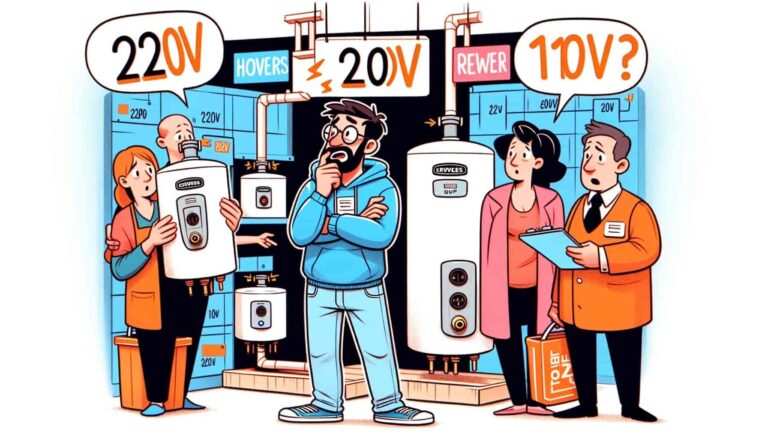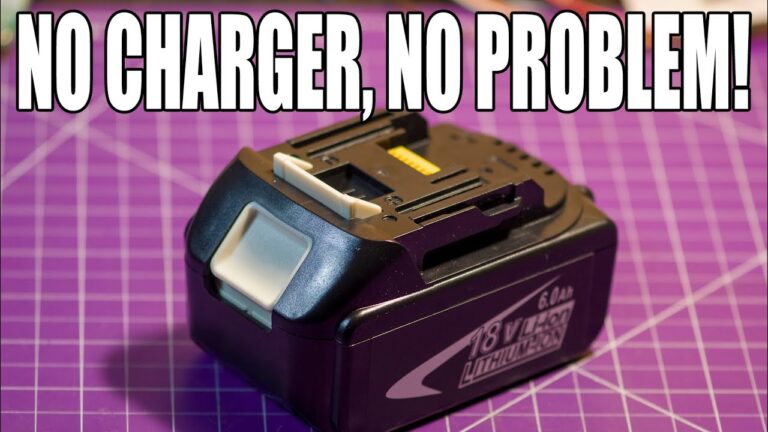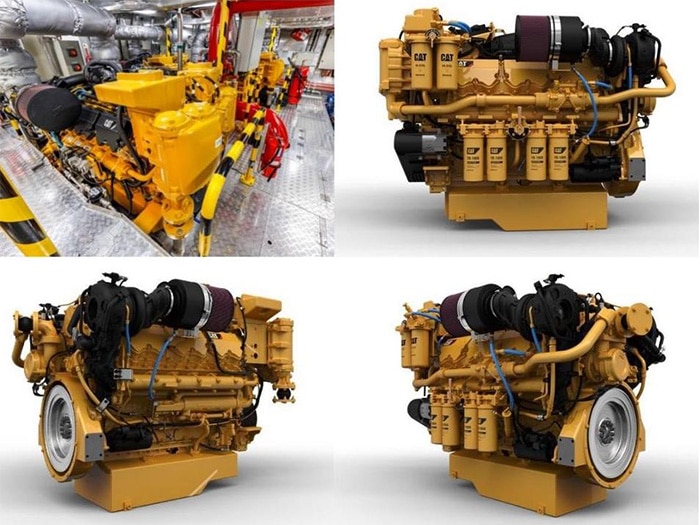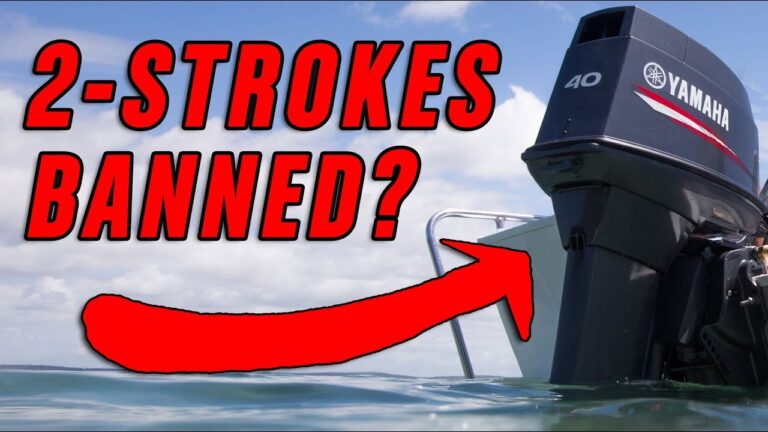2 Stroke Engine Dies When Throttle Applied: Troubleshooting Tips
A clogged air filter can cause a two-stroke engine to die when the throttle is applied, as it starves the engine of oxygen. This can also cause the engine to idle rough.
Checking and replacing the air filter regularly as part of your maintenance routine is recommended. Another possible cause is a clogged fuel filter, which can block the flow of fuel to the engine. Ensuring the fuel filter is clean and free of debris is important for proper engine performance.
Additionally, checking the fuel ratio and spark plug condition can help identify and resolve any issues that may be causing the engine to die when the throttle is applied.
Air Filter Check
When it comes to the performance of a two-stroke engine, the air filter plays a crucial role. A clogged air filter can starve the engine of oxygen, leading to it dying when the throttle is applied. In addition to engine stalling, other symptoms of a clogged air filter include rough idling and lack of power. To check and clean the air filter, start by removing it from the engine. Inspect it for heavy build-up and replace if necessary. Regular maintenance of the air filter is important to ensure optimal engine performance. By preventing debris and dirt from reaching the engine, the air filter helps maintain proper fuel and air mixture. It’s also essential to check the fuel filter for any blockage, as this can also cause engine bogging down. A clean air filter and fuel filter are necessary for the smooth operation of a two-stroke engine.
Fuel Filter Inspection
|
The fuel filter plays a crucial role in the overall performance of a 2-stroke engine. It is responsible for straining out any debris, dirt, or impurities from the fuel before it reaches the engine. A blocked or clogged fuel filter can have a significant impact on the engine’s performance. Some signs of a blocked fuel filter include engine stalling or dying when the throttle is applied, rough idling, difficulty in starting the engine, and a decrease in overall engine power. To inspect and replace the fuel filter, start by locating the filter, which is usually located along the fuel line between the fuel tank and the carburetor. Carefully remove the fuel line from both ends of the filter and inspect it for any signs of blockage or contamination. If necessary, replace the filter with a new one. Proper fuel filter maintenance is essential to ensure optimal engine performance. It is recommended to regularly inspect and clean the filter, especially after extended use or in dusty environments. Additionally, following the manufacturer’s guidelines for fuel type and mixture ratios can also prevent fuel filter issues. |
Fuel Ratio Assessment
The fuel ratio is a crucial factor in ensuring optimal engine performance. It is important to maintain the correct fuel ratio to prevent issues such as the engine dying when the throttle is applied.
Importance of correct fuel ratio in engine performance: The fuel ratio determines the amount of fuel and air mixture that enters the engine combustion chamber. If the ratio is too rich (excess fuel), it can cause the engine to bog down and eventually stop running. On the other hand, if the ratio is too lean (insufficient fuel), it can cause the engine to overheat and potentially damage the internal components.
Effects of too rich or too lean fuel mixture: Too rich or too lean fuel mixture can lead to poor engine performance, decreased fuel efficiency, and increased emissions. It is essential to find the right balance for optimal engine operation.
How to check and adjust fuel ratio: Regularly check the fuel ratio by using a fuel ratio tester or consulting the engine manufacturer’s specifications. Adjusting the fuel ratio can be done by modifying the carburetor or fuel injection settings. Consult a professional if you are unsure about the adjustments.
Common mistakes to avoid in fuel mixture: Some common mistakes include using incorrect oil-to-gasoline ratios, using contaminated fuel, neglecting air filter maintenance, and using poor quality fuel. Avoiding these mistakes will help ensure a proper fuel ratio and prevent engine issues.
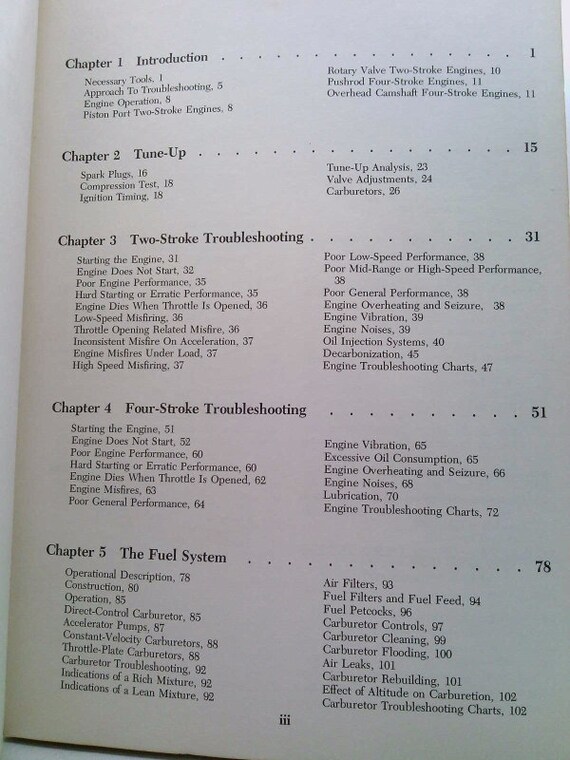
Credit: www.etsy.com
Frequently Asked Questions For 2 Stroke Engine Dies When Throttle Applied
Why Does My 2-Cycle Engine Stall When I Give It Gas?
A 2-cycle engine may stall when given gas due to a clogged air filter, a blocked fuel filter, or a fuel mixture that is too rich. Debris or dirt in the filters can cause blockages, preventing proper airflow or fuel flow to the engine.
Checking and cleaning/replacing these filters can help resolve the issue.
When I Open The Throttle The Engine Dies?
A clogged air filter may cause the engine to die when the throttle is opened. Check the air filter for build-up and replace if necessary. Another possible cause is a clogged fuel filter, which can lead to engine stalling. Ensure that the fuel filter is not blocked with debris.
Additionally, check the spark plug for a strong spark.
Why Does My 2 Stroke Engine Keep Cutting Out?
A 2-stroke engine may cut out due to several reasons. One common cause is a clogged fuel filter, which can block the flow of fuel to the engine. Another possibility is a clogged air filter, which can starve the engine of oxygen and cause it to stall.
Additionally, issues with spark plugs or carburetors can also lead to engine cutouts. Regular maintenance and checking fuel and air filters can help prevent these problems.
Why Does My Outboard Motor Dies At Full Throttle?
A clogged air filter or fuel filter can cause your outboard motor to die at full throttle. Check and replace these filters if necessary to ensure proper fuel and air flow to the engine. Also, make sure your fuel ratio is correct and there are no issues with the spark plug.
Conclusion
To troubleshoot why a two-stroke engine dies when throttle is applied, several common causes can be considered. A clogged air filter or fuel filter can starve the engine of vital oxygen or fuel, respectively, resulting in engine failure. Additionally, excessive oil in the fuel mix or a loose fuel cap can cause imbalances, leading to engine stalling.
Regular maintenance, such as checking and cleaning filters, ensuring proper fuel ratios, and inspecting spark plugs for strong spark, can help prevent these issues and keep the engine running smoothly.



